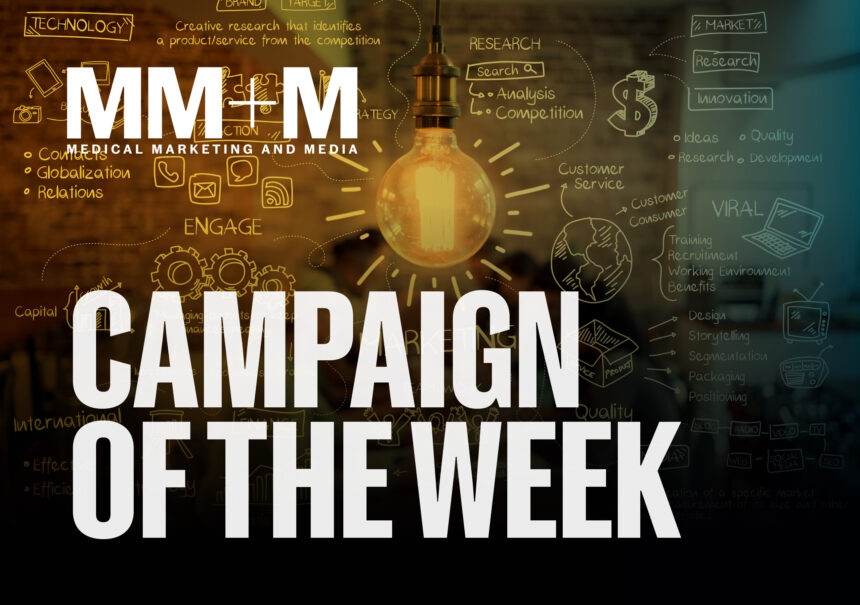When it comes to awareness work around rare diseases, medical marketers often have to take a novel approach to the subject at hand.
“I don’t think there’s a proprietary blueprint for how you do rare disease campaigns,” says Brent Scholz, SVP, executive creative director at Eversana Intouch, a 2024 MM+M Agency 100 honoree. “Everybody involved — on both the client and agency side — has to be a psychologist and always thinking of all the elements that are in play. It’s not one-size-fits-all.”
Scholz is reflecting on Do You See It?, a recently launched campaign for Agios Pharmaceuticals that focuses on the hidden dangers of thalassemia.
An estimated 8,000 Americans live with this rare genetic condition. Worldwide, thalassemia is much more prevalent, affecting approximately 4.4 out of every 10,000 live births.
The disease can result in anemia-like symptoms and while milder cases are often not treated, more extreme ones may require regular blood transfusions.
Stephanie Mason, marketing lead at Agios, tells MM+M that the campaign began with a deep dive into the thalassemia community and the most pressing challenges facing them in the care journey.
“We partnered [with Eversana] to understand the market, the physicians and, more deeply, the patients,” she says. “We conducted a lot of market research to understand what they know about the disease, what they have been told, how they are managing it today and what questions they have.”

The campaign includes a Rethink Thalassemia website, print and digital brochures, social platform ads, as well as digital ads and other elements.
At the center of the campaign are two images that underscore the intended message.
In one, a woman is in the living room of a home and in the scene behind her, hiding in plain sight, are objects with the names of some of the possible results of thalassemia when it’s not treated.
These include iron overload, organ damage, stroke and others.
The second image is of a man in a city street scene with the same labels on billboards and other signs behind him.
Both images have a large caption, “See What Thalassemia Is Hiding.” The effect is a visual puzzle — or “seek-and-find” to borrow Scholz’s phrase — inviting the viewer to engage with the complexity of the disease.
While the campaign aims to reach the entire thalassemia population — people living with mild and extreme cases as well as those with both alpha and beta thalassemia — Scholz emphasizes how the effort addresses those with milder cases.
“If you get put into one camp and you’re told yours is not severe, that’s already impacting how you and the people around you deem its seriousness and how you’re supposed to deal with it,” he explains. “People, both on the patient side as well as the medical side, are not recognizing the long-term potential effects. People kind of put it on a back shelf and figure out how to manage.”
He says this approach makes a patient focus on surviving rather than thriving, which is what Agios is seeking to combat with this empowerment effort.
Another key element of the campaign are the clinical nurse educators who can be contacted through the Rethink Thalassemia website.
Mason describes them as playing a crucial educational role for a disease that many hematologists only rarely encounter. This comes while people living with it often don’t know anyone else with experience managing the disease.
Notably, the people used as models in the campaign imagery have thalassemia, which was important to inspire patients to re-engage with the condition and take steps to overcome its adverse impact.
“After sharing their journeys with thalassemia, they asked us, ‘How can we help you?’” Mason explains. “They wanted to participate and be featured in this campaign. I’m honored that we have such a close relationship with the community that they’re willing to be vulnerable and put themselves out there for this important cause.”







